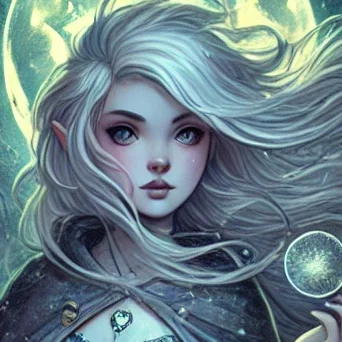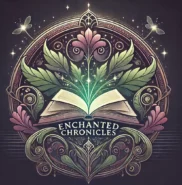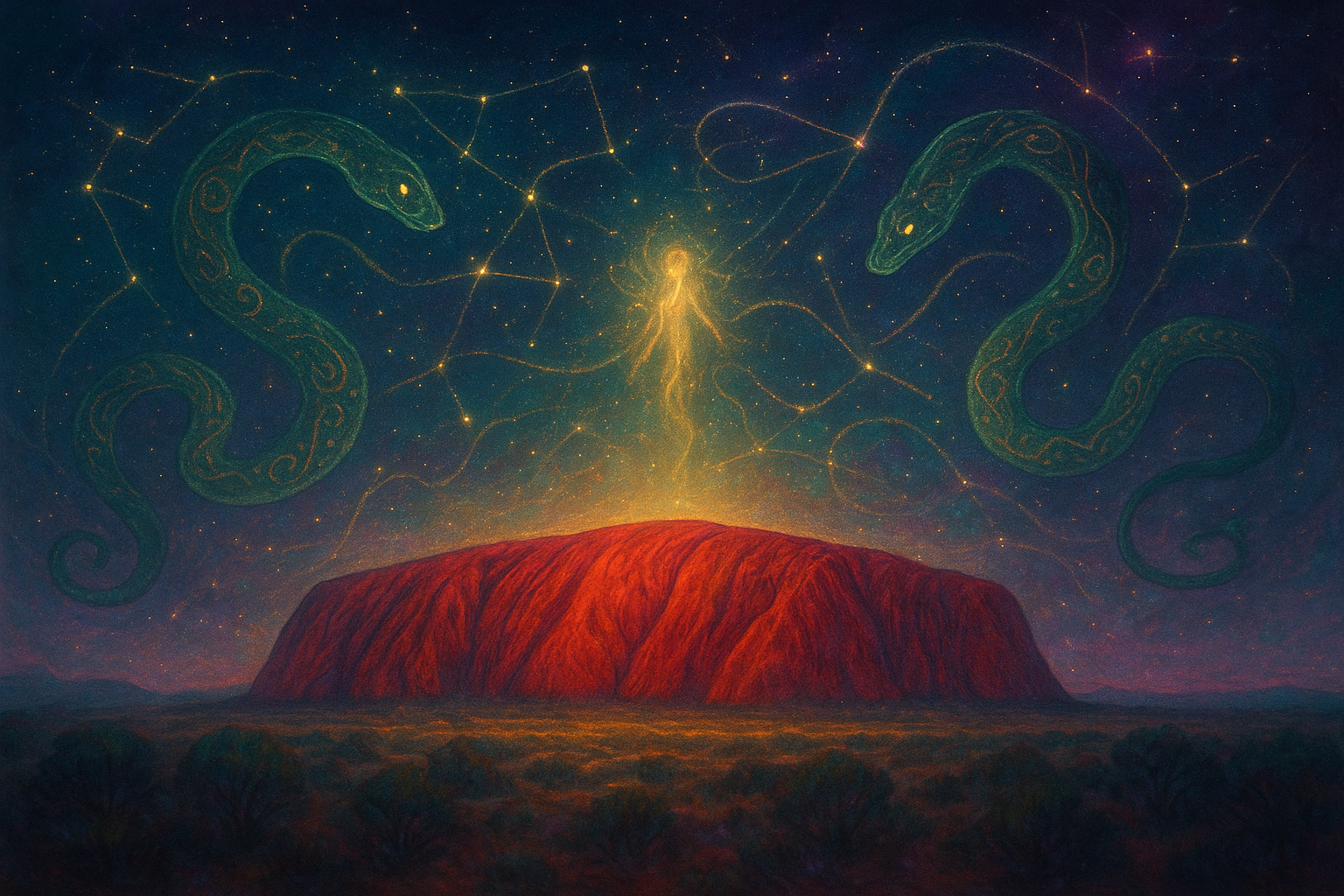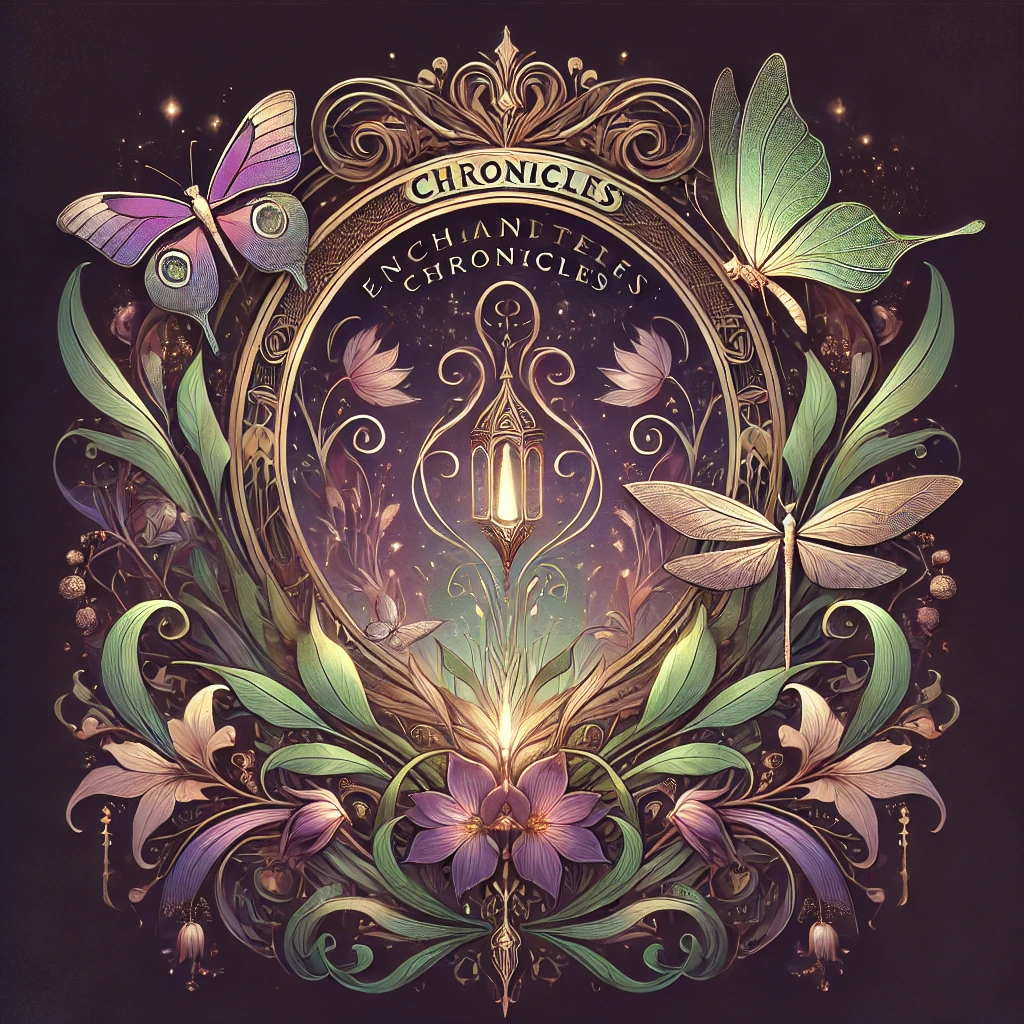At the Heart of a Continent, a Sacred Story Unfolds
In the vast red expanse of Australia’s Northern Territory, Uluru rises like a monolith of time itself—massive, timeless, and mystical. For tourists, it’s a breathtaking landmark. For the Anangu people, it’s far more: a spiritual epicenter born from the Tjukurrpa, or Dreamtime—an ancient Aboriginal system of creation, law, and connection to the land.
Tjukurrpa: Not Just a Myth, but a Living Law
The term Tjukurrpa describes the foundational Aboriginal belief in the Dreamtime, a sacred period when ancestral beings shaped the world—sculpting mountains, rivers, animals, and social order. Unlike Western mythology, Tjukurrpa isn’t confined to the past. It exists in every grain of sand, every gust of wind, simultaneously past, present, and future.
Each rock formation around Uluru tells a story: of battles between serpents, journeys of spirit beings, and lessons passed down through oral tradition, songlines, dance, and rock art.
When the World Was Sung into Being
The Anangu don’t write history—they sing it. Songlines, or dreaming tracks, crisscross the land, marking the paths of ancestral beings. These lines serve as spiritual maps and memory systems. As each song is performed, it reactivates the land’s spiritual energy.
Uluru: A Monument Etched with Spirit
More than a geological wonder, Uluru is alive with ancestral energy. Caves and crevices around the rock tell specific stories: the Mala people’s journey, the fight between Kuniya the python woman and Liru the snake warrior. These aren’t just tales; they’re encoded laws and rituals that govern behavior and land use.
Certain areas are still restricted—not out of secrecy, but sacred obligation. Respecting these zones preserves both spiritual integrity and cultural rights.
Festivals, Art, and the Global Stage
Today, Uluru has become a hub for cultural tourism and spiritual renewal.
Events like:
“Field of Light”, an immersive solar art installation.
Traditional Inma dances, performed at night by elders.
These experiences blend tradition with global curiosity, placing Aboriginal wisdom on an international stage.
Dreamtime Cuisine: Eating from the Songlines
Dreamtime is also expressed through food. The land is not only sacred—it is generous. Aboriginal diets based on Tjukurpa include native seeds, roots, and meats, guided by seasonal knowledge. Recipes once passed by word of mouth are now showcased in indigenous-run restaurants and culinary festivals.
Why Tjukurrpa Still Matters
In a world grappling with ecological collapse and cultural homogenization, Tjukurpa offers something vital: a worldview where humans are part of the land—not above it.
As the Anangu say, “We don’t own the land—the land owns us.” With Uluru now protected by both UNESCO and indigenous law, it remains a powerful symbol of resilience, wisdom, and spiritual continuity.



